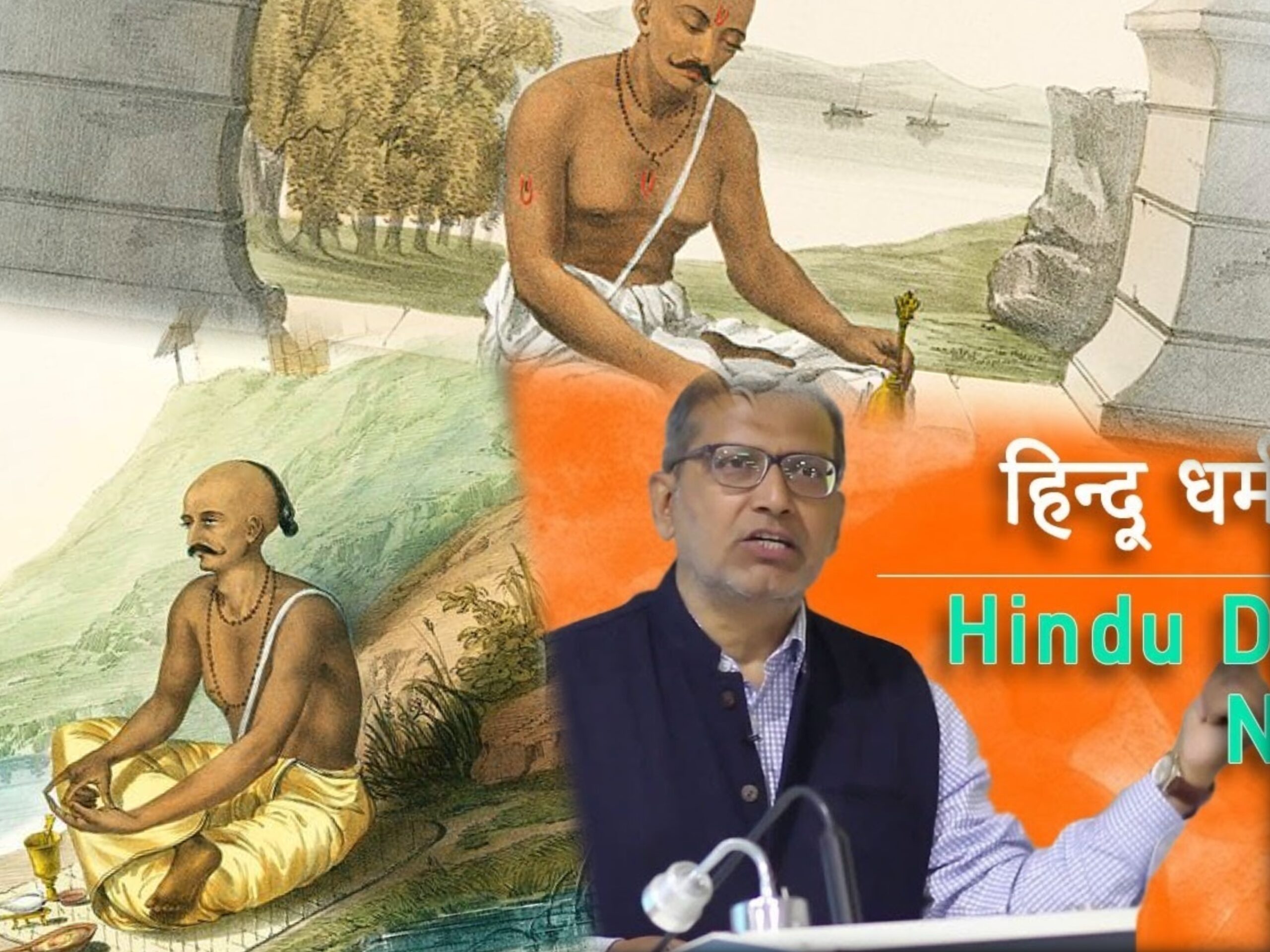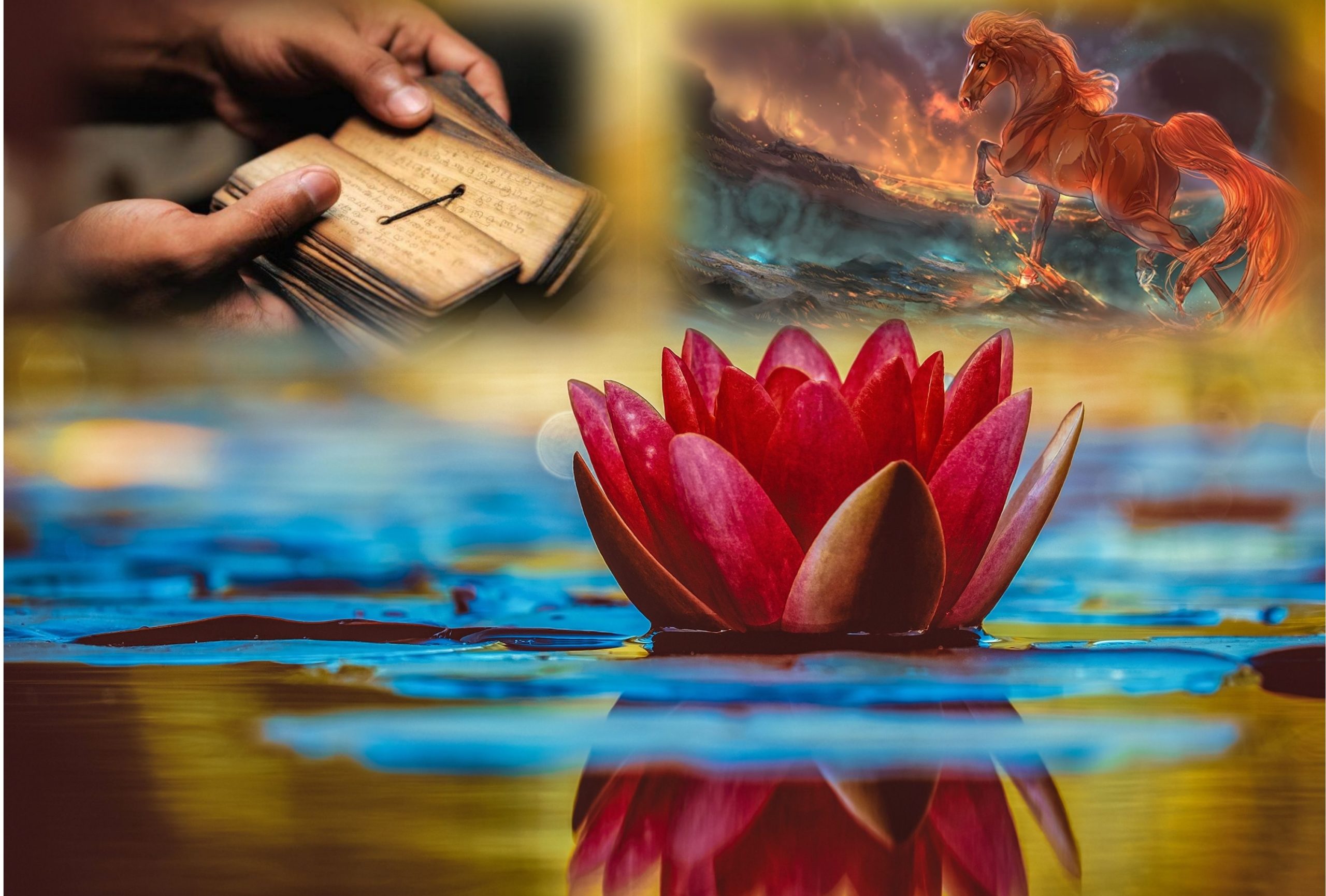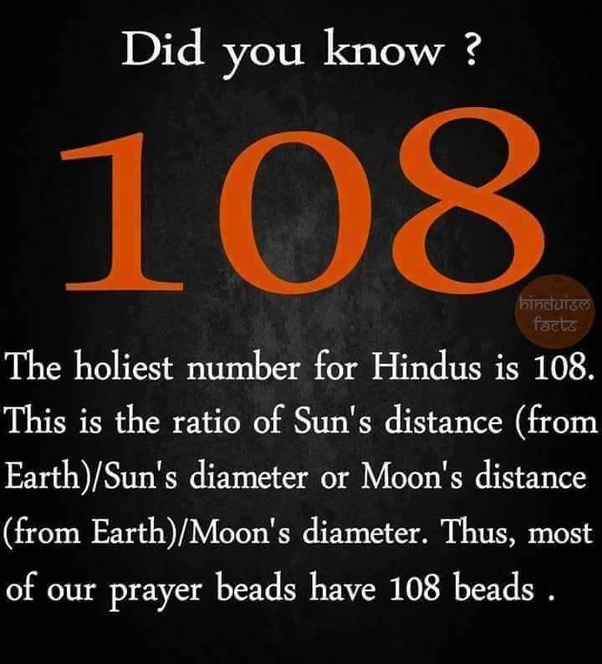- Visitor:15
- Published on:
Social Awareness and Hindu Festivals
Social awareness has always been a part of many Hindu festivals, especially the Public (Sarvajanik/ Sarbojanin) Ganesh Chaturthi and Durga Puja celebrations. The actual problem with the current distorted discourse and perverted imagery lies elsewhere. In this short piece Shri Jataayu explains the controversy behind unorthodox depictions of the Goddess every year in Durga Puja.

Social awareness has always been a part of many Hindu festivals, especially the Public (Sarvajanik/ Sarbojanin) Ganesh Chaturthi and Durga Puja celebrations. The actual problem with the current distorted discourse and perverted imagery lies elsewhere. Let me explain.
Ganesh and Durga festivals became grand public celebrations resembling their current form in Maharashtra and Bengal around 16th century. These were actually expressions of Hindu resurgence during the medieval Islamic rule, signifying that Hindus can boldly celebrate their festivals in public, with the participation of all members of the society in a grand manner. During the freedom struggle against British rule, both the festivals became very powerful expressions of nationalist sentiments coupled with Hindu renaissance, heralded by Bal Gangadhar Tilak in Maharashtra and by Swami Vivekananda, Bankim Chandra and other Swadeshi revolutionaries in Bengal. This continued post-independence also, with the Ganesh / Durga Pandals decorated with grandeur and the contemporary social and political messages being a part of those Pandals. I vividly recall the depictions of Mumbai bomb blasts caused by the Izlam!c mafia and the sufferings of the people in many Ganesh Chatruthi Pandals in Pune during my stay in the city in 1993.
The important thing to note is – such social awareness messages are always on the sidelines. The main focus of the Pandal and the festival is the deity – Ganesha / Durga depicted and decorated in the traditional manner and the Pujas offered to the deity on every day of the festival, both mornings and evenings. The image of the deity NEVER changes in the festivities. In fact THAT in itself is a great symbolism, that in spite of whatever may happen in the society and the world, the Divine always sits enthroned in His or Her own glory, never affected by the happenings. All joys and sorrows and ups and downs are around the deity, but never on the deity, who is the Supreme witness and the Supreme protector.
Now, this “Durga as migrant worker” image and other such depictions completely pervert this idea, when they attempt to superimpose the worldly sufferings of ordinary humans on the Shakti Herself. If someone wants to create awareness about the migrant worker problem during the Durga Puja, the correct and time tested method was to create a heart rendering tableau depicting the issue which can always find a place inside the Durga Puja Pandal. Nobody would object to that.
Sri Ramakrishna Mission does lot of social work in the fields of education, medical aid, rural livelihoods etc. inspired by the message “Serving the Jivas is serving Shiva” of Sri RK. But, when they celebrate Durga Puja in their Math, do they depict Her as a poor women? No way. It is the same “sarva-shastra-dhaarini” Durga. So, worshipping Durga in a traditional way is no way in conflict with helping the poor or doing social work.
Looks like this whole thing is to confuse Hindus in strange ways. So, as a overreaction, there are some Hindu voices saying “My festival has got nothing to do with Social awareness” which is not correct. In fact, it would discourage many genuine Hindu organizations that are actually undertaking social initiatives during the Hindu festivals like Navaratri, Diwali, Sankranti, Ugadi etc. in a Dharmic way combining the spirit of the festival with their social work. There shouldn’t be any objection to women’s empowerment discourses or initiatives during the Navaratri taking that as an inspiration, as long as they do not distort the core aspects of the festival tradition and are undertaken in a Dharmic way.
When I saw this image, I really marveled at it. The artist has put his heart and soul into making such a great piece of art, but to convey a totally negative and wrong idea. It is painful to see such great artistry wasted this way. The Hindu side should learn to strategically and proactively use such great artists and talented craftsmen to deliver our own Dharmic message in a more powerful way – that is also a lesson from this episode.
- 7 min read
- 0
- 0










